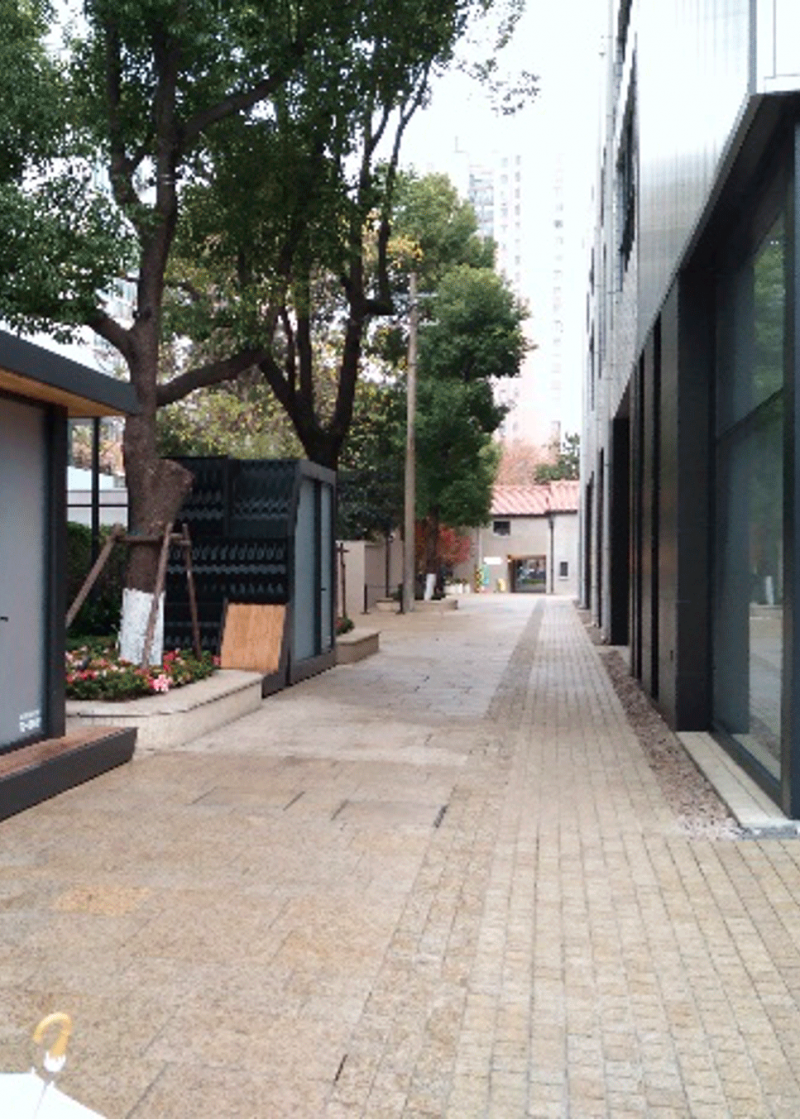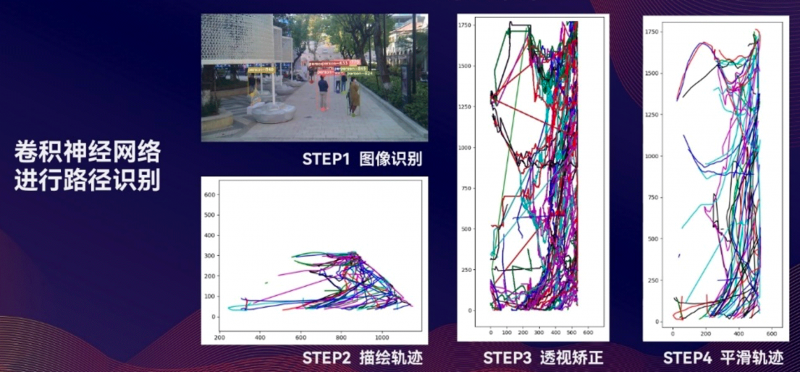Study on the Mechanism of Spatial Factors affecting Population-flow Characteristics based on random experiment
This is a spatial study based on both complex and causal science. For a long time, the education of planning and design is the teaching of traditional experience, which benefits from the induction of the well-being of the built environment. However, this learning process is not based on science. More seriously, the planning and design does not seem to have a tradition of using observational experiment as a research means to compare advantages between different protocols. The reason is that we cannot do experiments with "both" or "without" a certain spatial unit at the same site, at the same time, under the same environmental and socio-economic conditions. This study found a very clever experimental methods to approach randomization experiments to test what impact some kind of spatial intervention has on the population flow. It employs cutting-edge convolutional neural network techniques and flow clustering, complex networks, and structural causal models methods. This is only the first attempt, not only the spatial scale is limited to the block level, but also the spatial intervention elements are defined as a single simple spatial component. Spatial intervention is not spatial planning itself. Whether the experimental means can reveal more valuable information requires more participation and many institutions.

National Natural Science Foundation of China





